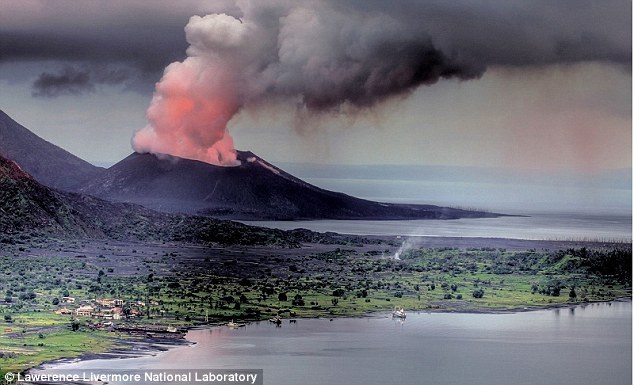
Comment: That's an interesting twist on the facts. The earth is cooling because of increased volcano activity, and this is being presented as good news! We've said it before, and we'll say it again: there is NO global warming problem on Earth. It's a myth propagated by scientists and the PTB to distract the public from the reality of cosmic catastrophes and their role in global weather phenomenon. People ought to be concerned about global cooling, not happy about it "protecting" the Earth from nonexistent global warming.
Scientists have confirmed that droplets of sulphur-rich aerosols spewed into the upper atmosphere by volcanoes have been reflecting sunlight away from the Earth.
Until recently it was thought that only particularly large eruptions had any noticeable affect on the climate.
However, the new study has confirmed results from the end of last year that showed these small eruptions can have an accumulative impact on global temperature.
This could have helped decrease the global temperatures by between 0.05°C to 0.12°C over the past 15 years.
Since 1998, the warmest year on record, the steep increase in global temperatures seen during the 1990s has levelled off, failing to match computer model predictions for climate change.
This pause, or hiatus, has been blamed on weak solar activity and increased uptake of heat by the world's oceans.
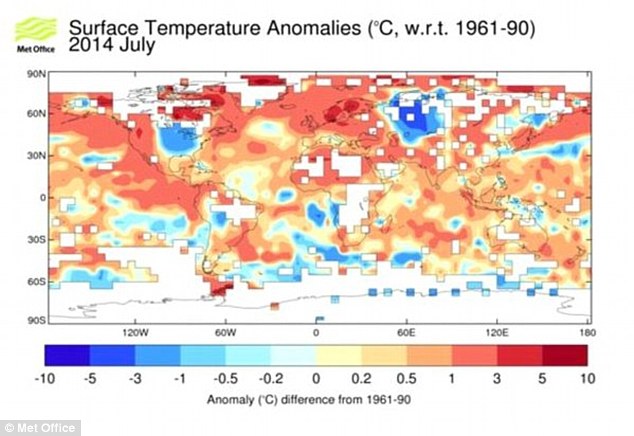
The UN's Intergovernmental Panel on Climate Change last year concluded that the deep oceans had been responsible for absorbing an increasing amount of heat, but warned that this could not continue indefinitely.
However, in a paper published in November last year, atmospheric scientists at the Massachusetts Institute of Technology found that small volcanic eruptions in the early 21st century, which had been largely overlooked, were responsible for up to a third of the hiatus in warming.
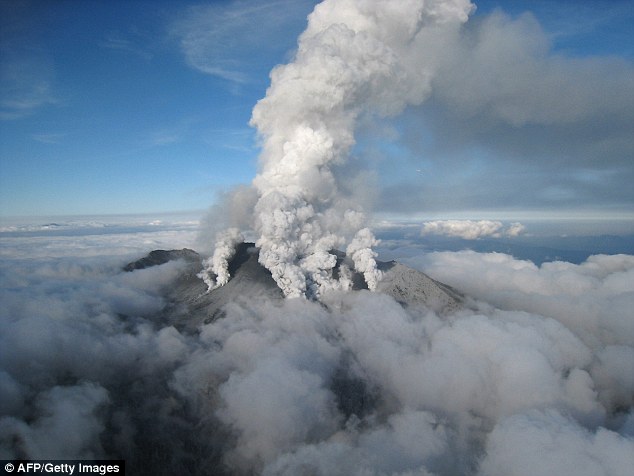
They also found that the eruption of Pinatubo, a volcano on the island of Luzon in the Philippines, which last erupted in 1991, also caused a drop in tropical rainfall.
'The fact that these volcanic signatures are apparent in multiple independently measured climate variables really supports the idea that they are influencing climate in spite of their moderate size,' said Mark Zelinka, a climate scientist at Lawrence Livermore and one of the authors of the new study.
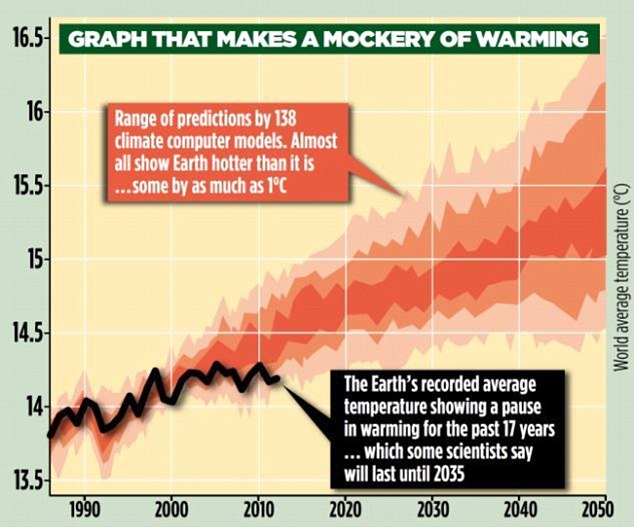
The findings confirm the work of Dr David Ridley, a climate scientist at MIT who was the lead author on the November study on volcanos.
He found that droplets of sulphuric acid and aerosols were accumulating at the intersection between the stratosphere and troposphere layers of the atmosphere.
Using ground, air and space based instruments, Dr Ridley and his colleagues were able to get a better estimate of the aerosols accumulating in these layers, around six to nine miles above the Earth's surface.
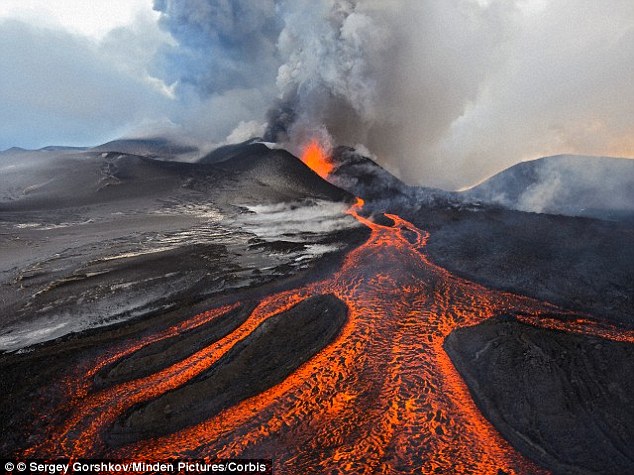
This means, particularly around the poles where the stratosphere extends down to six miles above the surface, a significant chunk of volcanic aerosols were being missed.
He estimated that that since 2000 volcanoes may have caused cooling of between 0.05 degrees C and 0.12 degrees C.
Dr Benjamin Santer, who led the new study, said: 'This new work shows that the climate signals of late 20th- and early 21st-century volcanic activity can be detected in a variety of different observational data sets.'
Professor Ross McKitrick, an environmental economist from the University of Guelph in Canada, said the results could mean that climate models that are used to inform policy decisions are inaccurate.
If volcanic eruptions are masking some of the impacts of greenhouse gases like carbon dioxide, then the climate may be more sensitive than previously thought, or changes in aerosols could be responsible for some of the temperature changes attributed to carbon dioxide.
He said: 'If small variations in volcanic activity turn out to have larger and more persistent climatic effects than previously thought, this should have important implications for how climate models are parameterized and how greenhouse gas attribution studies are done.
'The study seems to me to raise the possibility that commonly-used historical reconstructions of volcanic dust forcing may not have been all that reliable.
'Climate modelers rely on dust veil indexes that use measures of known historical volcanic activity to estimate optical effects in the atmosphere.
'These are then used to estimate natural forcings over the 20th century, which are then used in greenhouse gas signal detection (attribution) studies.
'If the historical reconstructions weren't capturing the full magnitude of volcanic effects on the climate, as this study suggests, that presumably means those attribution studies need re-examination as well.'



Publishing this global warming propaganda - i.e. they just found out that the "interruption" is due to volcanic activity - (why did it take so long, how come they missed it out of their famous computer models?).
Global warming is an out and out fraud deliberately perpetrated for political reasons by anti-human globalists. It is not just a mistake. The perpe-traitors were fully aware that atmospheric CO2 levels were higher during the C19th when it was colder than they are today.
AGW is thus falsified and was falsified before it was invented.